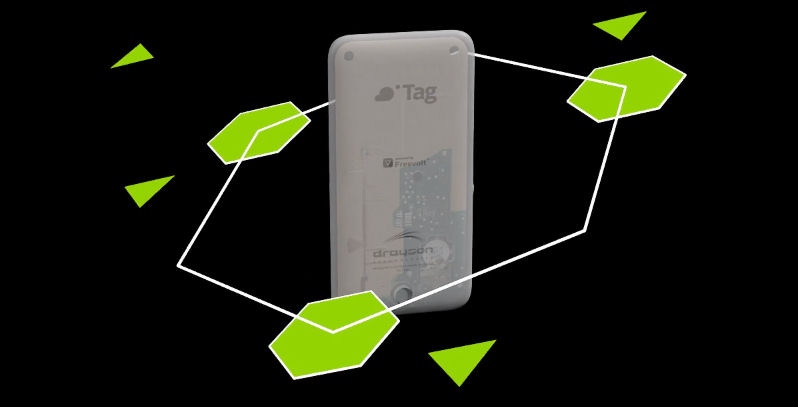Freevolt turns radio waves into power for IoT devices
A new invention allows devices to stay up on the Internet of Things despite having no visible means of support.
September 30, 2015

A new invention allows devices to stay up on the Internet of Things despite having no visible means of support.
The technology behind Freevolt allows it to take energy from radio frequency waves that transmit signals on mobile, Wi-Fi and broadcast networks, and use it to power small devices. The new Freevolt system, unveiled by Lord Drayson, CEO and Chairman of Drayson Technologies is believed to be the world’s first technology of its kind and is the only one of its type available for commercial use, according to Drayson.
Using ambient RF to make the electricity to charge low power electronic devices creates the possibility for more covert and remote use of small devices, according to it inventors. Its first commercial application is the CleanSpace Tag air sensor, which is currently being manufactured in the UK and available for purchase from September 30th. The technology creates a crowd-sourced network of personal air sensors, initially across the UK and then expanding to major cities across the world, which will all be powered by Freevolt.
The Freevolt harvester comprises a multi-band antenna and rectifier, which is capable of absorbing energy from multiple RF bands at almost any orientation.
The small, lightweight design is scalable and suitable for a range of uses, from the low-power Internet of Things, such as wearables, sensors and beacons, to built environments, with the potential to integrate Freevolt into the fabric of urban and industrial architecture.
The technology was developed by an international team from Drayson Technologies and Imperial College London. Companies have been researching how to harvest energy from Wi-Fi, cellular and broadcast networks for many years, according to Lord Drayson. “It is difficult, because there is only a small amount of energy to harvest and achieving the right level of rectifying efficiency has been the issue until now.”
The main applications will be in big cities and the increasingly urbanised areas in the developing world, where radio frequency waves are omnipresent, at different levels, all the time, with much of this wireless energy going unused, said Drayson.
PA Consulting Group co-developed the CleanSpace Tag. “We were impressed with the Freevolt technology and its wide applicability to power the internet of things and look forward to continuing the collaboration,” said Frazer Bennett, technology expert at PA.
Visit Europe’s leading IoT event – Internet of Things World Europe – in Berlin on 5 – 7 October 2015

About the Author(s)
You May Also Like








.png?width=300&auto=webp&quality=80&disable=upscale)


_1.jpg?width=300&auto=webp&quality=80&disable=upscale)


.png?width=800&auto=webp&quality=80&disable=upscale)